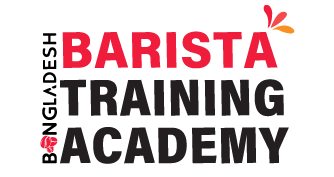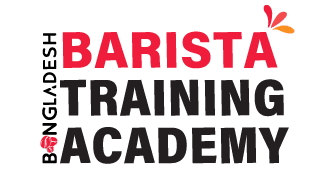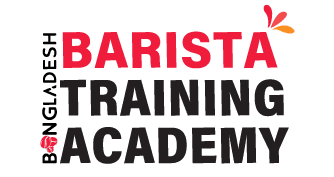Roasting Courses
BBTA - Bangladesh Barista Training Academy
📍Branch-1: AMAYA, House 27 (Lift-6), Baridhara Diplomatic Zone, Rd 13, Dhaka
📍Branch-2: Islam Tower, House 102(lift 6),Sukrabad,Dhanmondi 32, Dhaka
©2024 All Rights Reserved By BBTA - Bangladesh Barista Training Academy


